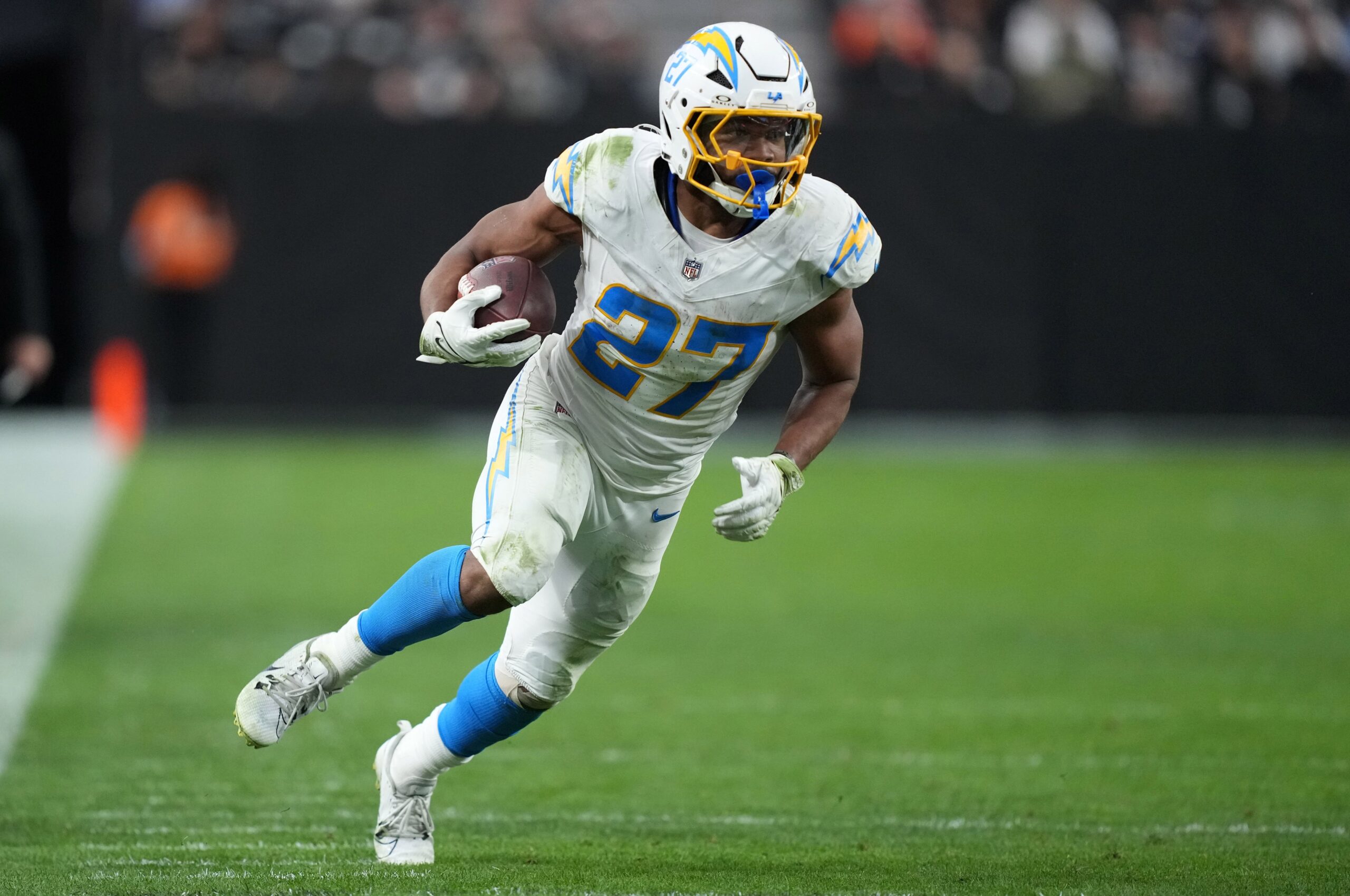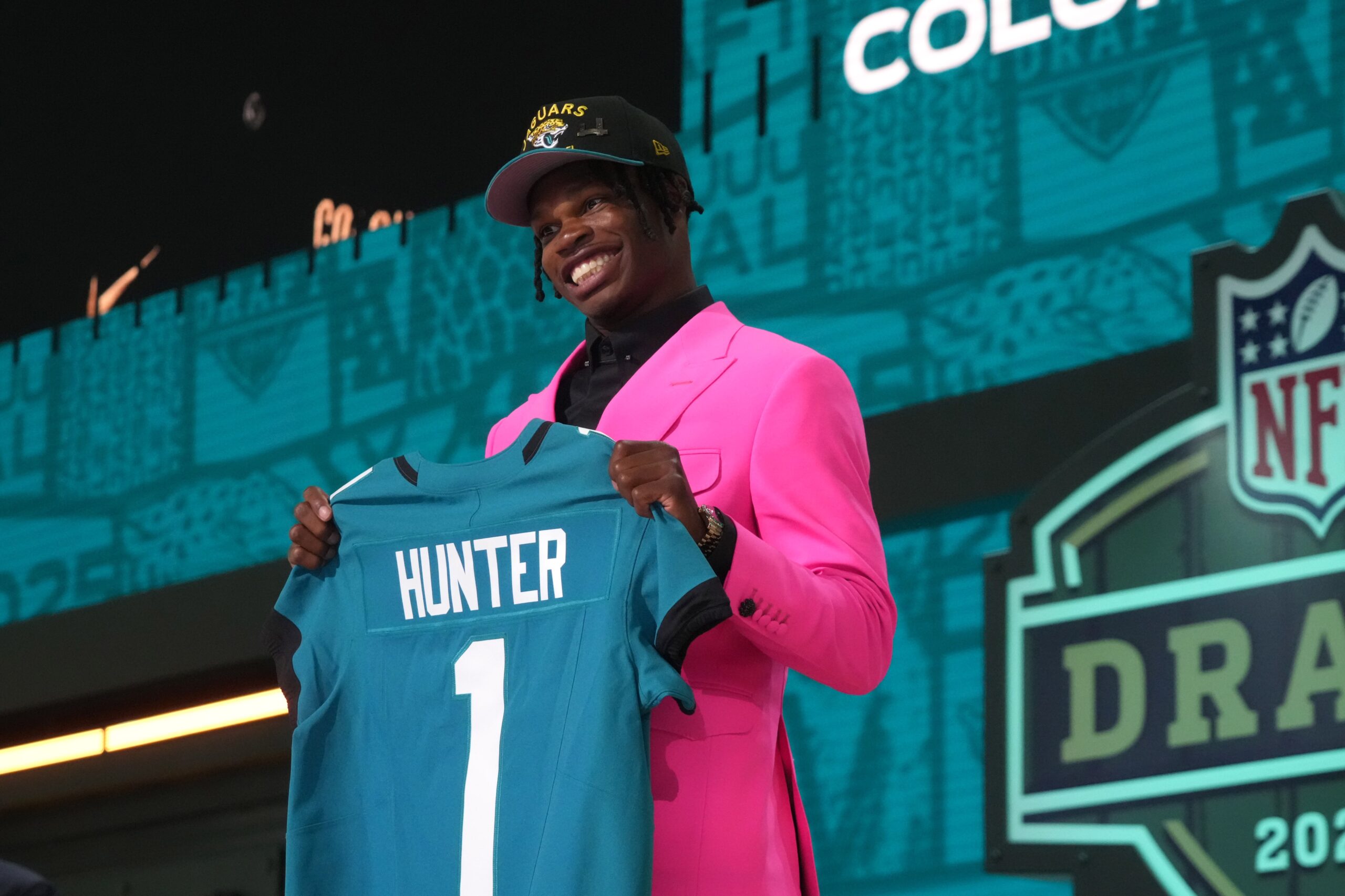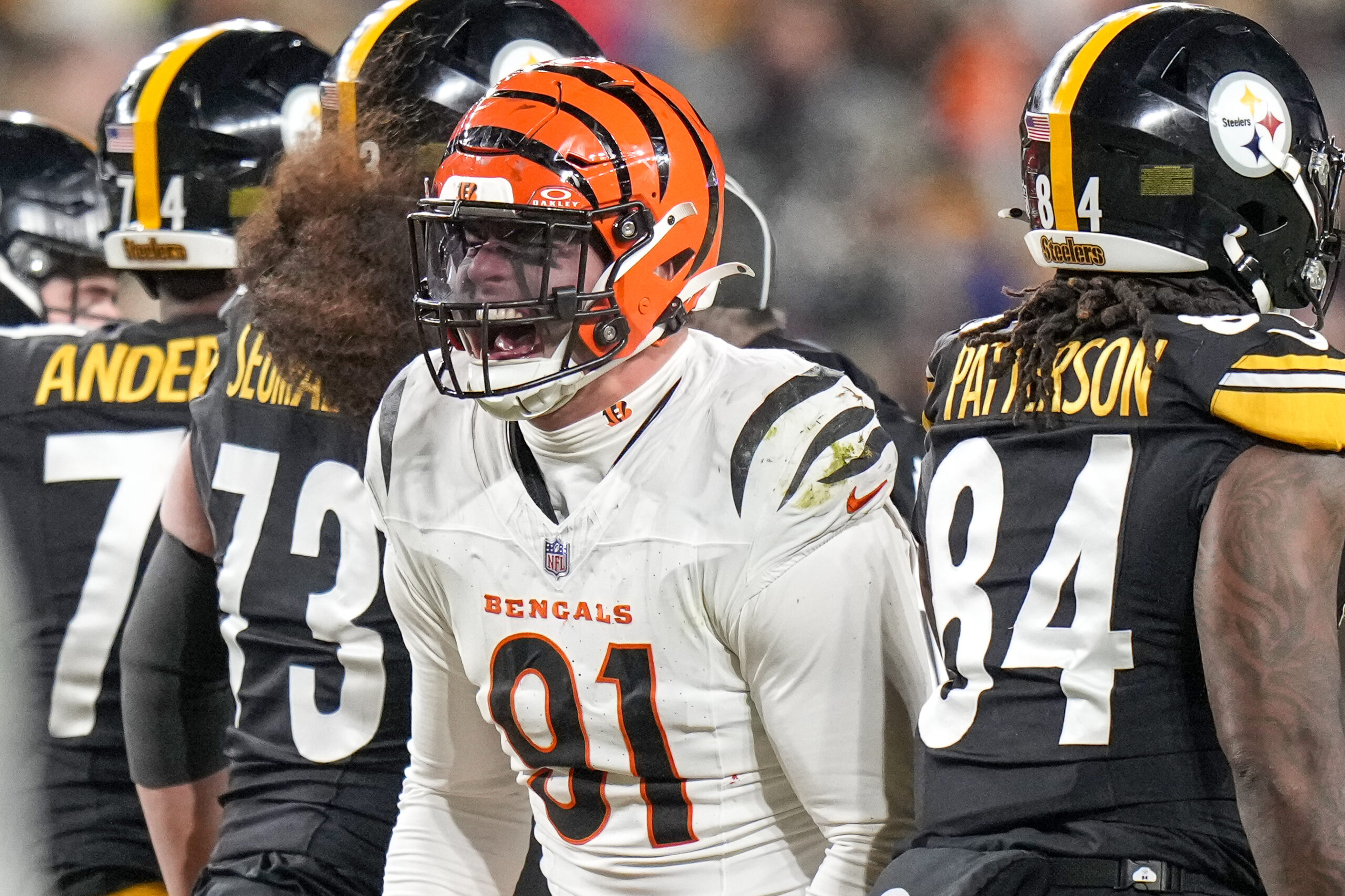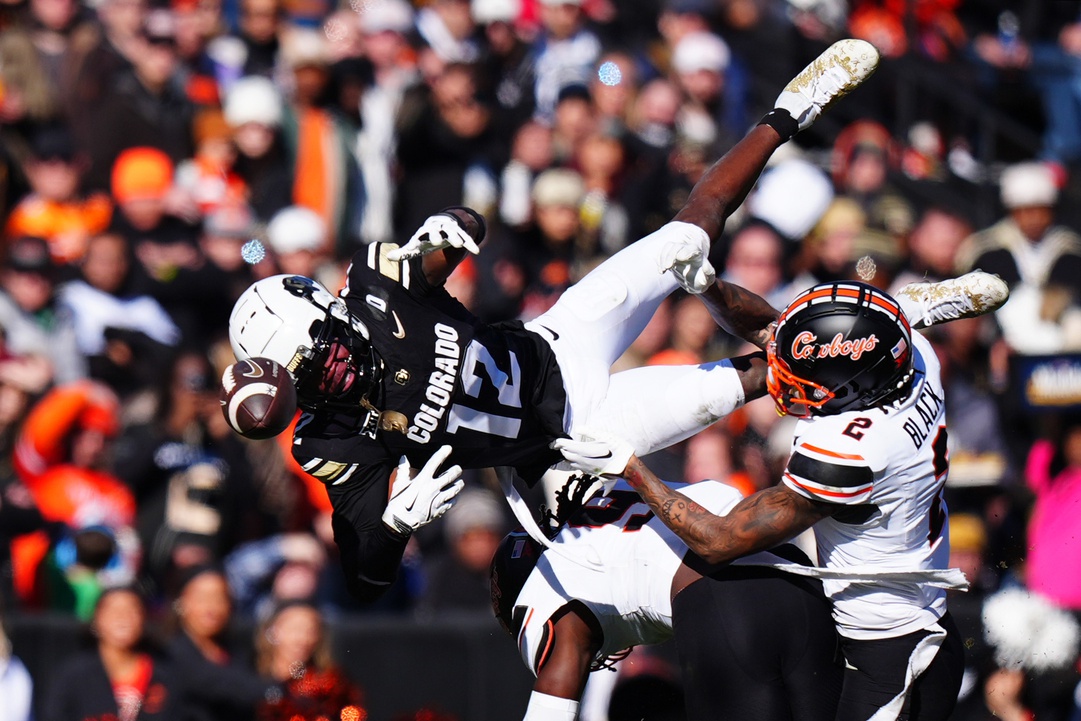NFL Analysis
8/23/24
5 min read
2024 NFL Roster Cuts: The Tug-of-War Between Coaches and Scouts
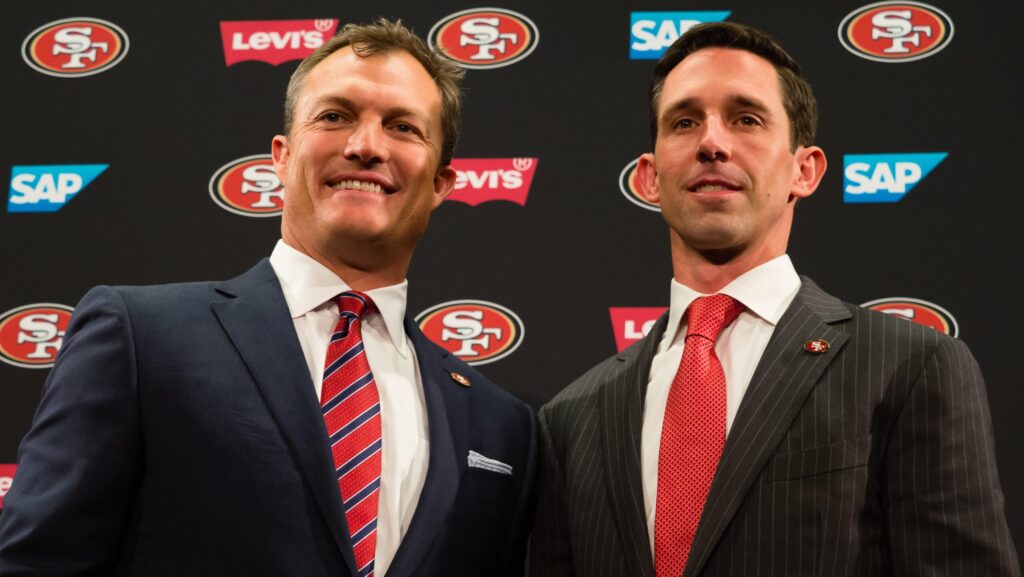
It’s about to heat up.
The final preseason games are this weekend before a different type of confrontation takes place behind the scenes in meeting rooms around the NFL: Coaches vs. Scouts.
Most fans and even a sizable portion of media members who cover the NFL are generally unaware of the tension that exists between coaching staffs and the front office this time of year, as teams are forced to reduce their roster to 53 players by Tuesday.
It’s not necessarily a negative, per se. Many people will tell you it is healthy on some level, but there is an ebb and flow to the conversations occurring in the next few days between the people who acquire the players and those tasked with coaching them.
>> READ MORE: Predicting Surprise Roster Cuts
Scouts vs. Coaches
If you think about it, it makes sense, right? Scouts are trying to get the most talented players into the building. Whether it is free agency, the draft, waivers, or via trade, they want the most talented 90-man roster possible. They believe that will produce the best 53-man roster and eventual 16-man practice squad.
As a result, scouts are typically enamored by things like athletic testing numbers, physical traits, and the player’s potential. They are most interested in a player’s ceiling and trying to get as many “high ceiling” players with the potential to be difference-makers.
Coaches, however, will often tell you that “potential” is a dirty word. “Potential gets you fired” is an oft-uttered phrase among NFL position coaches. They are more concerned with a player’s floor because they realize there is a chance that, no matter how much time they put into developing a player, sometimes it just doesn’t work.
They lean towards reliable, tough, and, most importantly, trustworthy players, believing that those guys won’t get them fired.
That’s especially the case this time of year when the season is right around the corner, and it is time to pick the men these coaches will take into battle for at least 17 games.
It is one thing to draft a player with high “upside” or take a flyer on a raw undrafted project in April; it’s a different equation when the final score in each game is about to count, and jobs are on the line.
One of the reasons I know about this dynamic is that coaches have told me about these discussions, including a couple that involved me when I played. I never looked good in 1-on-1 drills or had the physical measurables that a scout would covet, but coaches knew that they could trust me not to be the reason why we lost the game, no matter where they played me.
That reliabilty is highly valuable to position coaches who know their livelihood is more or less on the line every time their unit takes the field. I’ve heard what some scouts have said about me, and it’s not pretty. Thankfully, this time of year, the coaches have a little extra clout when setting the initial 53-man roster and, more importantly, the 48-man gameday roster.
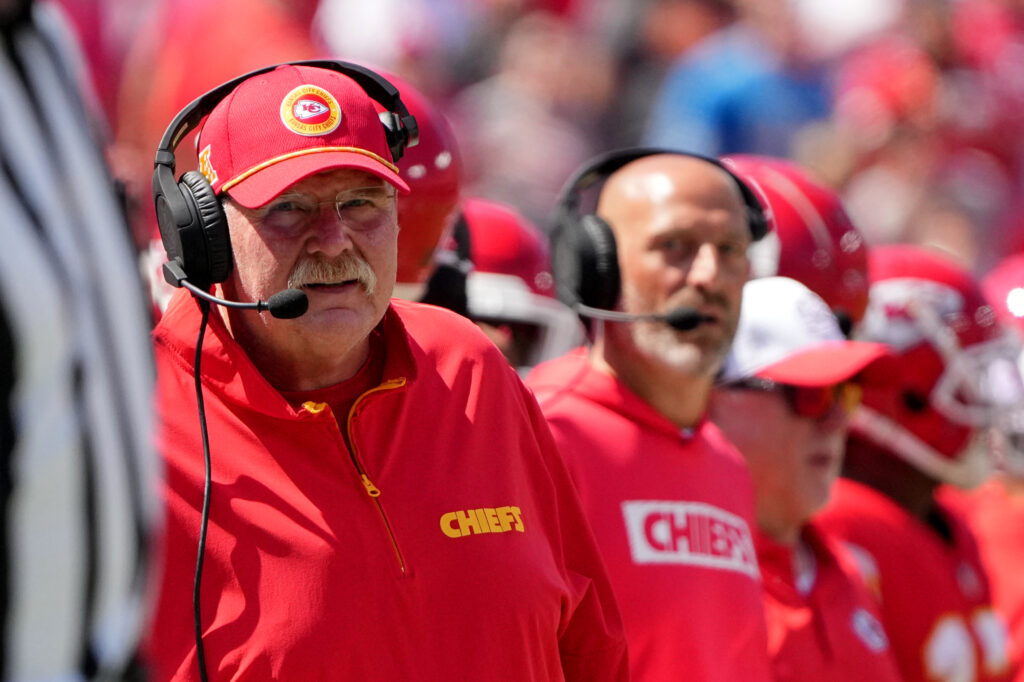
A Healthy Balance?
To be clear, most franchises have — or at least should have — a generally positive relationship between the coaching staff and the front office. Even if they occasionally get frustrated by each other, they understand each other's point of view and the reason behind their differing viewpoints.
That said, what happens when a general manager wants to keep his sixth-round draft pick even though it is clear he doesn’t deserve it because he knows it will look bad for him that one of his draft choices got cut?
That’s a real scenario that plays out often around the league, and the answer is usually dependent on whether or not the organization is coach-driven or GM-driven.
Coach-driven teams, like the Kansas City Chiefs with Andy Reid or the San Francisco 49ers with Kyle Shanahan, will ultimately defer to their position coaches. They’ll do what is best for the team to win games that year, even if the team and/or front office takes a small public relations hit by moving on from a player they drafted or acquired in free agency.
Before the 2001 season, Washington coach Marty Schottenheimer had the final say over the roster. He cut our sixth-round pick, Mario Monds, but kept at least five undrafted rookie free agents on the active roster, including myself.
He wanted to send a message that you had to earn everything you got and that nothing would be given to anyone.
GM-driven teams rarely cut draft picks. If they do, the GMs are typically secure enough in their jobs and body of work to realize that cutting a draft pick but keeping an undrafted rookie who looks promising is ultimately a wash in asset allocation. Plus, the draft choice is a sunk cost at that point, so you should keep the player you feel better about.
Remember this dynamic as your team makes cuts and roster decisions before the Tuesday deadline. The odds are that some mini tug-of-war battles will go on behind the scenes. The question is: Who ultimately will win out?


